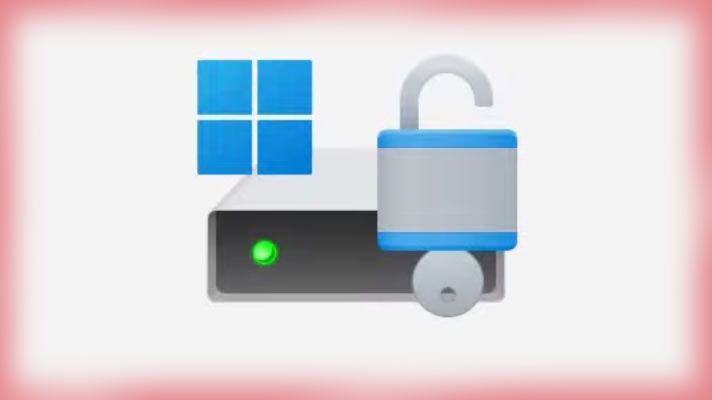pc shop here
BitLocker has caused several phone calls and most of the time a new drive (depending on the integrity of the current drive) and a fresh windows install is the only fix and that usually exposes bad or outdated hardware complicating things more
I’m very curious about the vulnerability, but there doesn’t seem to be much info (only what MS posted).
How could you possibly bypass bitlocker, unless they write the key to the recovery environment?
Reminds me of when it was discovered that many hardware implementations used a fixed master key or random seed. Resulting in mass deployments of patches to disable hardware encryption in favour of software mode.
The manual fix requires the recovery partition to be after the OS partition, while my partitions go Recovery, EFI/System, then OS. I guess I’m just SOL? I don’t even have BitLocker enabled but an update that won’t install is going to be annoying.
You could recreate the recovery partition behind the OS partition. You are able to shrink the OS partition to make space, the recovery partition only needs to be ~1 GB in size. It only takes a few diskpart commands to do this.





